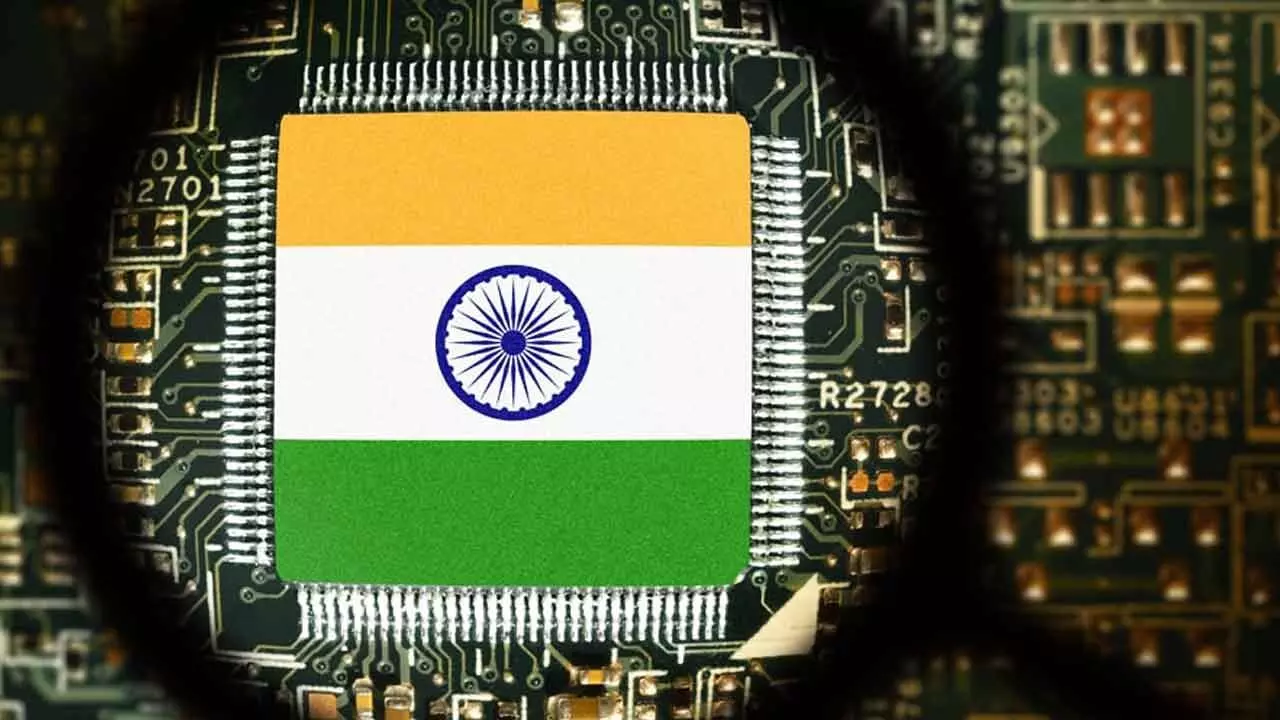2024 Lays Foundation For India’s Quest To Be A Global Semiconductor Hub
2024 Lays Foundation For India’s Quest To Be A Global Semiconductor Hub

By all accounts, 2024 has been a landmark year for the Indian semiconductor industry. It was during the pandemic period that the world woke up to the fact that semiconductors were the strategic assets that they had to own. The supply chain disruption and dependence on China led to the realisation among global powers that they needed their own fabs for making critical chips. The advent of artificial intelligence (AI) made it imperative as almost all countries worry that chips will control the future.
Currently, most electronics items, defence equipment and space gear, among several others, are using semiconductors in one form or the other. Post-pandemic, like other nations, even India embarked on a journey of achieving self-reliance in the semiconductor space. Rising trade deficit from electronics items’ import, tensions with China and supply chain disruptions prompted India to promote design, develop and manufacture chips within the country. By way of an attractive PLI scheme, the country attracted several foreign players to set up manufacturing units.
Under the semiconductor mission, the Centre has committed to invest Rs. 76,000 crore (around $10 billion) for creating a semicon ecosystem in the country. These initiatives started to bear fruit in 2024 with the signing of several marquee projects. Importantly, these projects are in collaboration between foreign players and Indian corporate houses. The most notable among the semiconductor projects is the manufacturing facility being set up by Micron Technology at Sanand in Gujarat with an investment of $2.75 billion.
Tata Electronics is coming up with a mega semiconductor fabrication facility in partnership with Taiwan’s Powerchip Semiconductor Manufacturing Corporation (PSMC) at Dholera, also in Gujarat. This plant will come up at an investment of around $3.5 billion. Tata Group is readying a second fab unit at Morigaon, Assam, while CG Power’s proposed fab unit at Sanand is in partnership with Renesas Electronics Corp of Japan, and Stars Microelectronics of Thailand. In the race is Kaynes Semicon, which will set up such a unit at Sanand at an investment of Rs. 3,300 crore.
Many of these units will be operational starting 2026, after which India will vastly reduce its dependence on imported chips. After all, the country has been a hub of chip design. Most global chip companies have their design and testing centres in the country. Armed with the manufacturing advantage, India is poised to capture the entire value chain. The optimism stems from the fact that 2024 has been a watershed year, especially in this context. Though semiconductor sector will not create vast employment opportunities, its second order impact will be higher through value creation across sectors.
In this perspective, the country should train its human resources with adequate skillsets. Presently, leadership level hiring is happening for foreign professionals as India does not have the required talent. This must change given that the country aspires to be a semiconductor hub into the future. Secondly, the country should keep supporting domestic private sector to participate in this journey. This will create a whole ecosystem of public-private partnership, leading to the rise of a sustainable industrial complex.

